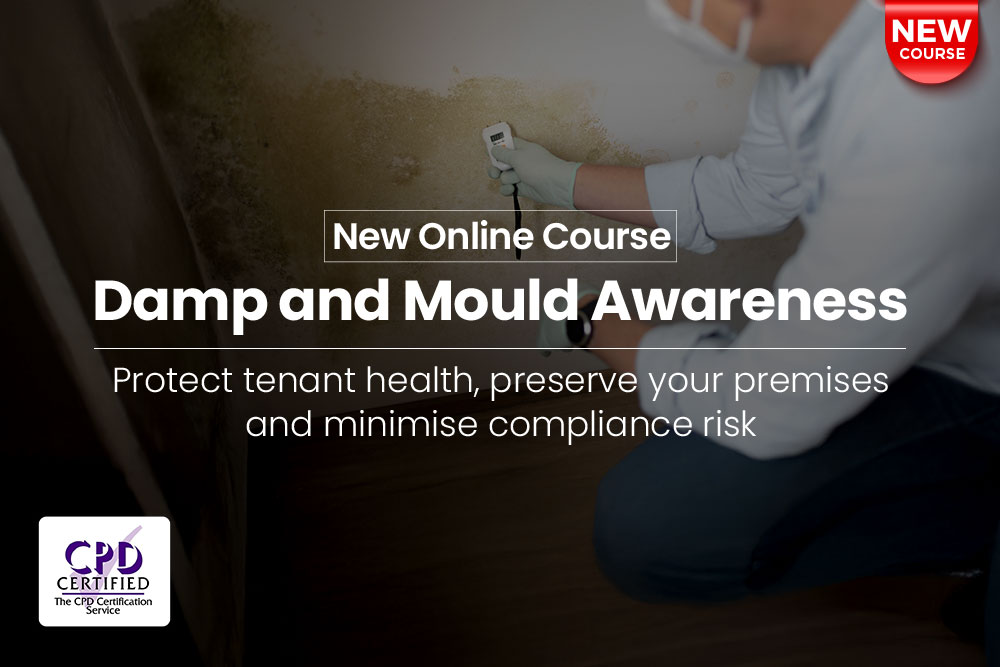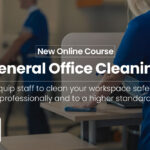
Accidents at work can and do happen. If someone is injured or falls ill, knowing how to provide basic first aid could prevent serious harm or even save their life.
Employers must have a first aid policy in place, according to UK health and safety legislation. In this article, we explain why and how you go about drafting one.
Your Legal Responsibilities on First Aid
Anyone that operates a business in the UK needs to be fully aware of what their health and safety obligations are. If you’re not compliant with health and safety laws, you’re putting your people at risk. You could also face criminal charges that carry severe penalties, including unlimited fines or prison terms.
The First Aid Regulations 1981 requires all UK employers and self-employed people to ensure they have adequate and appropriate first aid equipment and first aid facilities in the workplace. An appointed person must be nominated to maintain all first aid equipment and facilities. Employers must also arrange for training so selected staff can act as first aiders.
Although the First Aid Regulations 1981 doesn’t say that you need to have first aid procedures for non-employees, the Health and Safety Executive (HSE) strongly recommends that you do so.
What is a First Aid Policy?
A first aid policy is a written statement that contains details on how a business approaches first aid at work. Often, it will have a statement from the employer outlining what measures they have put in place to help keep their employees and members of the public safe.
There’s no official template that you have to follow when writing a first aid policy. However, it should contain clear information on the available first aid equipment and first aid facilities in the workplace, as well as what first aid procedures should be followed if an incident occurs. The policy should also contain details on who the appointed first aiders are and what first aid training has been provided for staff.
A first aid policy gives your team vital information on what they need to do if an accident happens. It will also demonstrate your commitment to keeping your people safe and help prove that you’re compliant with all relevant health and safety regulations.
How to Draft a First Aid Policy Statement
Since there’s no official structure to follow when writing a first aid policy, it can be hard to know where to start. To help you put together your first aid policy, we recommend you follow the below format:
Begin with a Summary
Start your first aid policy by summarizing the key details:
- Explain who the intended audience is
- Provide details on when the first aid policy was issued as well as:
- who authorized it
- who approved it
- List any previous reviews of the policy
- State when it’s next due to be reviewed
Define Your Terms
It’s useful to provide a short definition of the terms used throughout the policy. This can include industry-specific terms but should also cover health and safety terminology such as:
- First aid – the act of providing aid to an ill or injured person to prevent additional injuries, assist recovery, and preserve life
- First aiders – selected employees that have been trained to provide first aid
- The workplace – this can be your place of business or vehicles you use for work purposes
- The appointed person – the person responsible for maintaining first aid equipment and alerting authorities if an accident or incident occurs
Acknowledge of Relevant Health and Safety Legislation
Make sure you list all health and safety legislation that is relevant to your business. If your workplace is inspected by HSE officers or any other authority, this will show that you’re aware of the applicable laws and have done your best to abide by them.
The exact types of legislation that are applicable will vary depending on the nature of your business. You can ask the HSE for advice if you’re unsure. In general, the below pieces of legislation apply to most workplaces:
Outline Your First Aid Risk Assessment Procedures
Conducting regular first aid risk assessments is an important part of staying compliant with health and safety laws. You should:
- Acknowledge the importance of risk assessments
- Provide details on how you conduct risk assessments
- Explain what procedures you have in place for ensuring they stay up to date
Explain Roles and Responsibilities
The roles and responsibilities of all key personnel need to be outlined. As an employer, you should acknowledge your duties and list the responsibilities of the appointed person, managers, all first aiders and other staff.

Provide Information on First Aid Equipment
What first aid equipment is required will be determined by the nature of your business activities and by the result of your risk assessment. You should, however, be sure that there’s at least one standard first-aid kit on site.
Detail Your First Aid Facilities
Likewise, what type of first aid facilities you have will depend on the size and nature of your business. First aid facilities are typically rooms or areas that are big enough to hold an examination table or couch, have washable surfaces and adequate lighting, heating and ventilation. There should be a sink with running hot and cold water.
The first aid facility should always be kept clean and should ideally be located near an access point.
Explain Your First Aid Procedures
Outline what protocols and procedures are in place if an accident or incident occurs. Provide details on the chain of responsibility that’s in place. This lets your staff know who they need to contact in an emergency and in what order. For example, first aiders, emergency services, managers, and so on.
You Can Protect Your People with First Aid Training
No matter how careful you are or how strict your safety policies are, there’s a good chance that someone will be injured at your place of business. Some 565,000 people were injured and 123 people were killed at work during 2021-22, according to the HSE.
If a person falls ill or has a serious accident in your workplace, your team need to know how to respond appropriately. Fast action in an emergency can help to avoid serious injuries or even save a life. Our Basic First Aid at Work course is an ideal introduction to first aid procedures for the workplace.





















































































































































































































































































































































































































































































































































































































































































































































